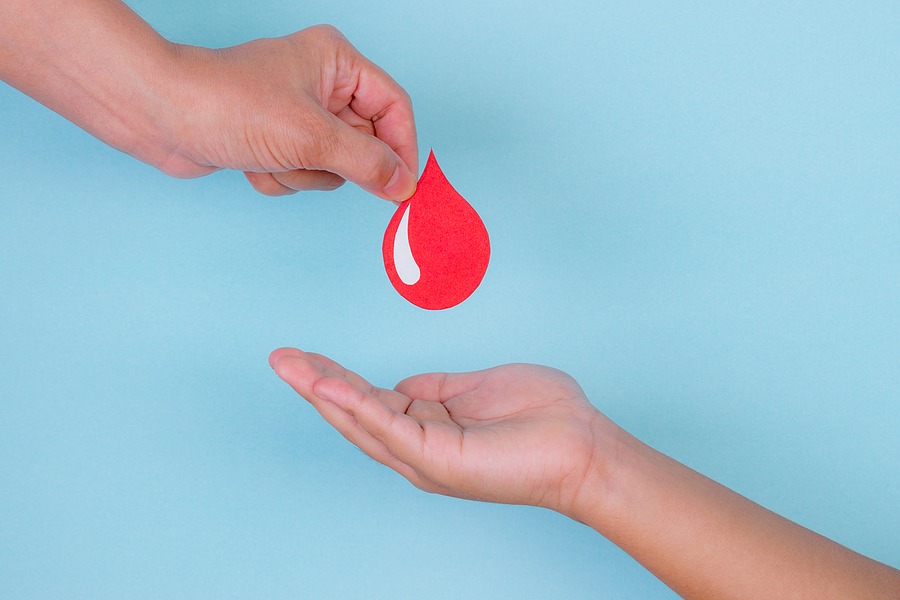January is National Blood Donor Month, and with the world still in the grip of a pandemic, it’s never been more important to help in whatever way possible. The American Red Cross reports that winter is “one of the most difficult times of the year to collect enough blood to meet patient needs.”
The beginning of the year is tough because the weather can be a deterrent, as can busy holiday schedules and the onset of seasonal illnesses. These are just a few of the reasons that National Blood Donor Month has taken place every January since 1970. If you want to give back, here’s what you need to know.
The History of Blood Donation
William Harvey, an English physician, published a book in 1628 that described how the heart helps circulate blood in the human body. In the 1900s, Dr. Karl Landsteiner from Austria developed a system for grouping blood, and another physician, Dr. Jan Jansky, created the first four-type blood classification system.
In 1907, Dr. Reuben Ottenberg, an American physician, used the recent discoveries to facilitate the first blood transfusion. In 1937, the world’s first blood bank was opened in Cook County Hospital in Chicago.
Some Facts About Blood Donation
Whether you’re ready to give blood right now or are on the fence, here are a few interesting facts about blood donation:
1. We Need More Blood
There simply isn’t enough blood on hand to serve the needs of medical providers. The American Red Cross says that roughly 38% of the U.S. population is eligible to donate blood, but just 10% does it.
2. Regular Donations Make a Difference
Regular donations add up and make a massive difference. According to the Brookhaven National Laboratory, if you begin regularly donating blood at the age of 17, you will have donated 48 gallons by the time you reach age 76.
3. Donating Has Other Benefits
When you donate blood, the lab automatically examines your blood for a variety of infectious diseases like West Nile virus and HIV. According to the American Journal of Epidemiology, blood donors are 88% less likely to suffer from a heart attack.
4. Even Your Dog Can Donate Blood!
Man’s (and woman’s) best friend needs some medical help and blood too, and your pooch can lend a hand. Check with your Humane Society or vet about how your dog can donate blood.
How You Can Observe National Blood Donor Month
The gift of blood can be life-saving. If you want to donate blood this month, or any other time, here’s what you need to know:
1. Donate
Find a place locally to donate blood. You can do this with a simple online search. And don’t forget to do it again every eight weeks.
2. Learn
When you donate, learn your blood type. For example, O negative donors are “universal donors,” and O positive donors are in high demand because that type is rarer.
3. Inspire
January can inspire people to donate blood, but you can too. Once you donate, tell others about how they can get involved and help.
According to the American Red Cross, eligible donors can participate in blood donation every eight weeks. And someone in this country needs blood every few seconds. If you can do your part, please do.
At MedTrust, our goal is to improve patient outcomes through excellence in mobile healthcare. Contact us if you’d like to learn more about our ambulance transportation services or to find out how you can become a member of our fast-growing team of professionals.

